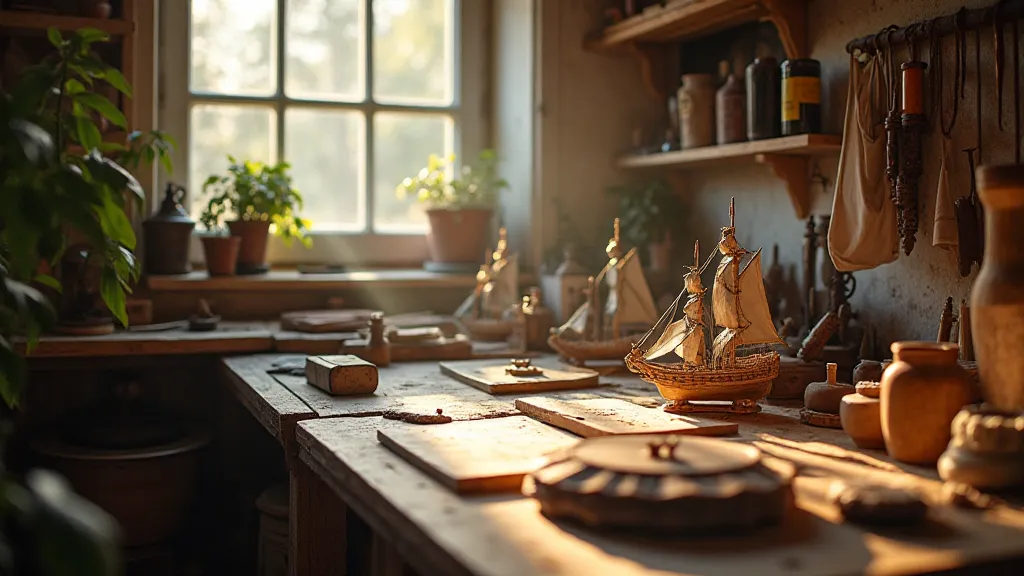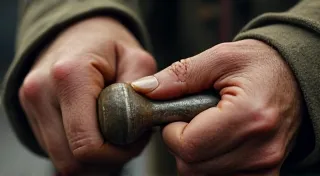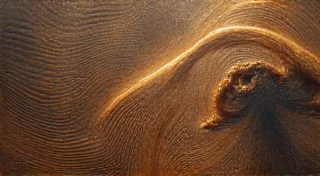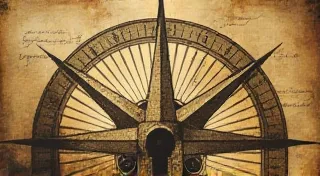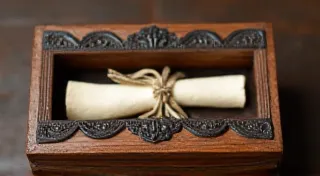Timbers of Memory: Echoes in the Grain
There’s a certain weight to a piece of wood, isn't there? Not just the physical weight, but a gravity born of history, of silent growth and weathered resilience. When I began building model ships, I didn’t fully grasp that weight. I thought I was simply assembling a miniature replica, following a set of plans, mastering the technical skill of shaping and joining. I was wrong. What I discovered was a far more profound experience, a journey into the soul of the material, and unexpectedly, a reflection of my own.
The scent alone is enough to transport you. It’s a smell unlike any other - the subtle sweetness of pine, the earthy depth of mahogany, the quiet dignity of walnut. It's a fragrance that connects us, subconsciously, to the vast forests that have stood for centuries, to the ancient craft of shipbuilding itself. The timbers of a model ship are more than just building blocks; they’re fragments of a living history, carrying echoes of storms weathered and voyages undertaken.
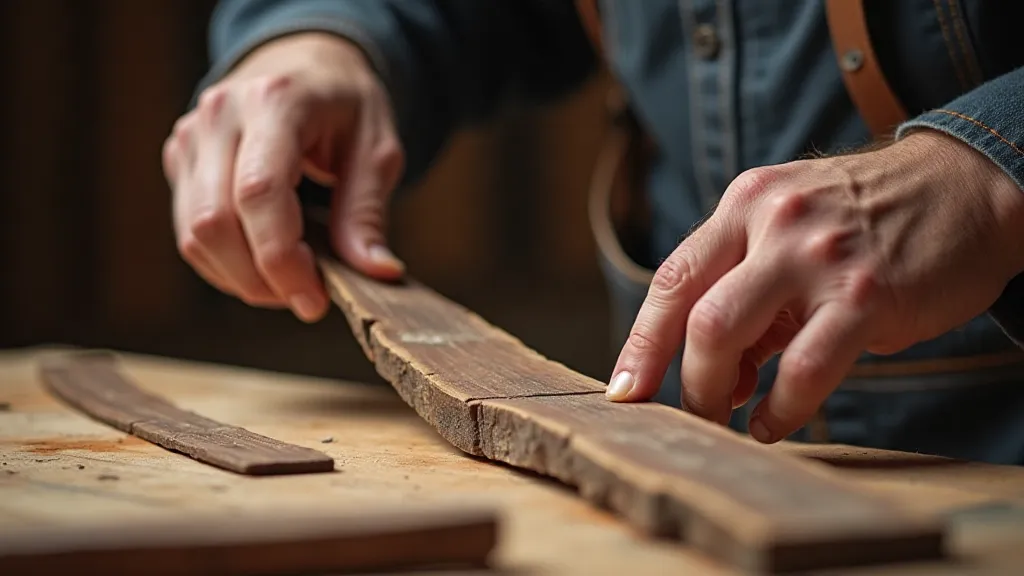
The Rhythm of the Plane and the Feel of the File
The process isn't fast. It demands patience, a willingness to slow down and connect with each piece of wood on a personal level. There's a meditative quality to the work, a focused concentration that melts away the anxieties of the day. You begin to understand the wood, its character, its imperfections. Each grain pattern tells a story – the slow curve of a branch, the sudden impact of a storm, the years of quiet endurance. You learn to work with the wood, not against it, allowing its natural tendencies to guide your hand.
I remember my first attempt at a bowsprit. It was supposed to be a simple, straight piece, but I rushed, I forced it. The result was a jagged, uneven disaster. My mentor, a retired naval architect named Silas, simply smiled and said, “The wood will tell you how to shape it. Listen.” I tried again, this time taking the time to feel the grain, to understand its flow. Suddenly, the shaping felt intuitive, guided by a force greater than my own. It was a lesson not just about shipbuilding, but about life itself: sometimes, the best approach is to yield, to observe, to let the natural order reveal the path.
The tools are vital, too. The plane, the file, the chisel – each a conduit between your intentions and the wood's potential. There’s a certain romance to these tools, a sense of connection to the generations of artisans who have used them before you. They are more than just instruments; they are extensions of your hands, imbued with a history of craftsmanship and dedication. You begin to appreciate the skill and artistry required to create them, and the responsibility that comes with wielding them.
A Legacy in Miniature: The Ships That Shaped Our World
Building model ships isn’t just a hobby; it’s an act of preservation. We’re recreating vessels that defined eras, that carried explorers to unknown shores, that transported goods and people across vast oceans. Think of the Cutty Sark, a clipper ship renowned for its speed and grace. Or the USS Constitution, "Old Ironsides," a symbol of American naval power. Each ship has a story, a legacy etched into its hull and rigging. By meticulously recreating these vessels, we’re keeping those stories alive.
It's more than just recreating the visual appearance. It’s about understanding the purpose, the design principles, the engineering marvel that each ship represented. It’s about appreciating the ingenuity of the shipwrights who, with limited tools and vast stretches of ocean to contend with, built vessels that defied the elements.
I spent a considerable amount of time researching the Santa Maria, Columbus's flagship. Reading about the conditions on board, the navigation techniques, the sheer audacity of the voyage, added a profound depth to the building process. The wood I chose, the way I shaped the timbers, all felt imbued with a connection to that momentous journey.
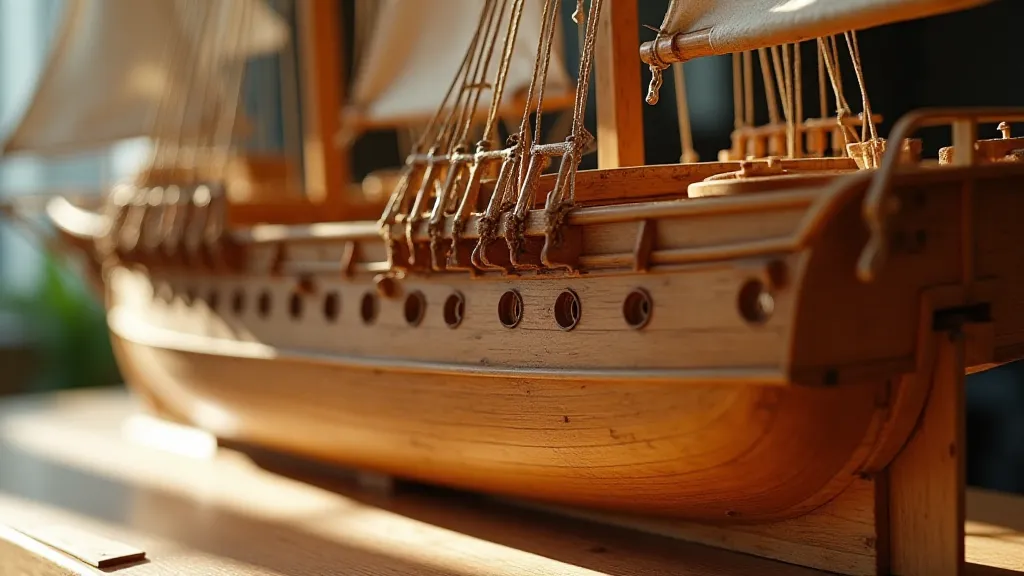
Beyond the Physical: A Connection to the Natural World
The psychological impact of working with wood is often overlooked. In a world increasingly dominated by digital interfaces and synthetic materials, there’s something deeply restorative about engaging with a natural substance. The feel of the wood in your hands, the smell, the visible grain – all these sensory experiences ground us in the physical world. It’s a reminder of our connection to nature, a connection that can be easily lost in the hustle and bustle of modern life.
There's a certain humility that comes with working with wood. You realize that you are not in complete control. The wood has its own will, its own inherent qualities. You can shape it, yes, but you must also respect its limitations. It’s a lesson in acceptance, in adapting to the unexpected, in finding beauty in imperfection.
I often find myself lost in thought, staring at a piece of wood, wondering about its origins, its journey. Where did it grow? What storms did it weather? Who touched it before me? These questions don't have easy answers, but they spark a sense of wonder, a feeling of being part of something larger than myself.
Preserving the Craft: A Continuing Journey
The art of wooden model shipbuilding is a tradition that deserves to be preserved. It's more than just a hobby; it's a connection to the past, a celebration of craftsmanship, a source of solace and inspiration.
Whether you’re a seasoned shipbuilder or a complete novice, I encourage you to try it. Find a mentor, join a club, immerse yourself in the history and techniques. You’re not just building a model ship; you’re building a connection – to the past, to nature, to yourself.
And who knows? Maybe, just maybe, you’ll find your own echoes in the grain.
